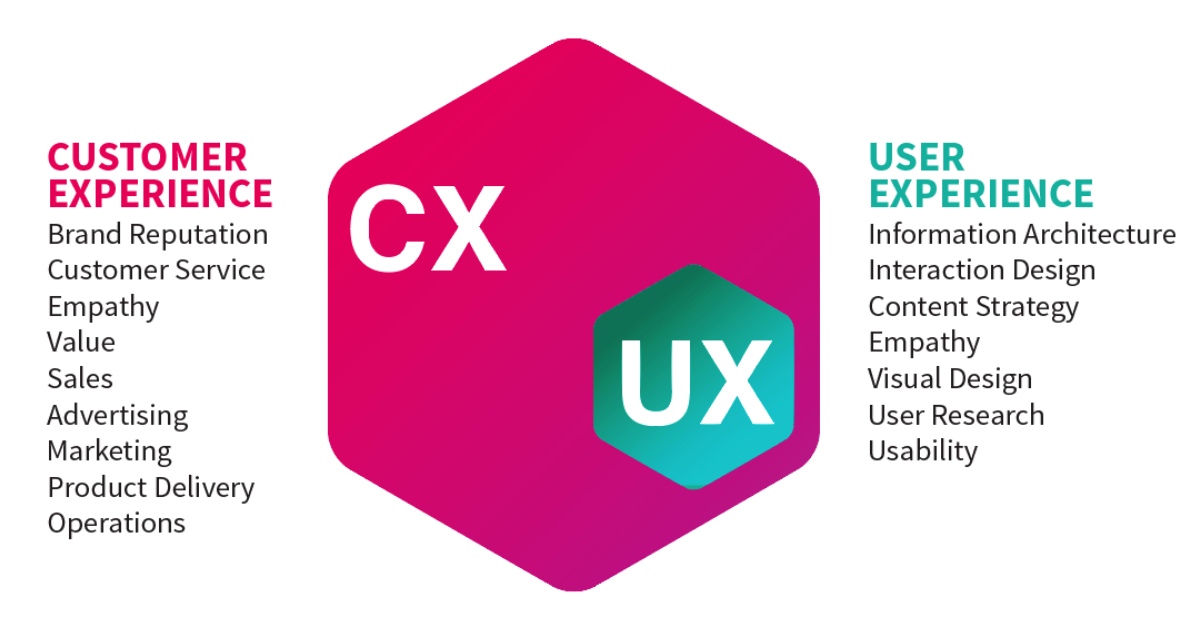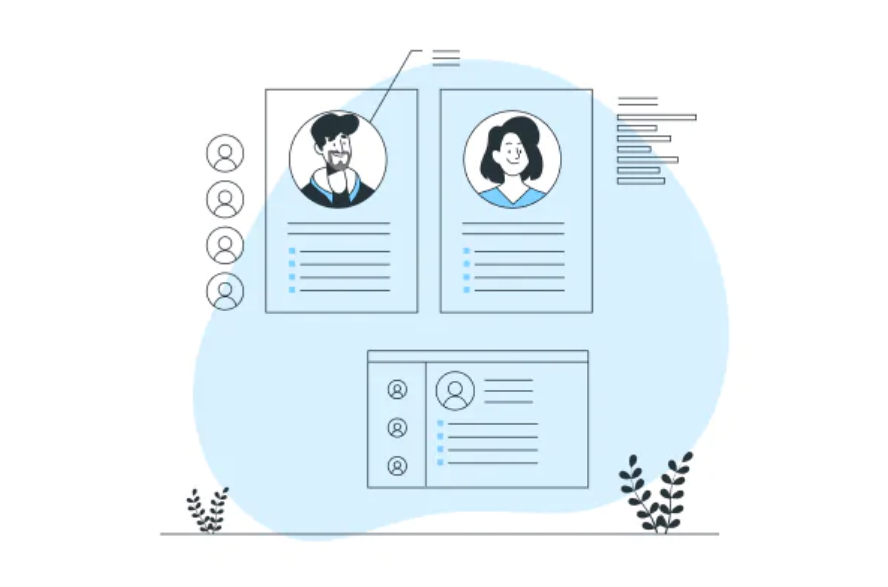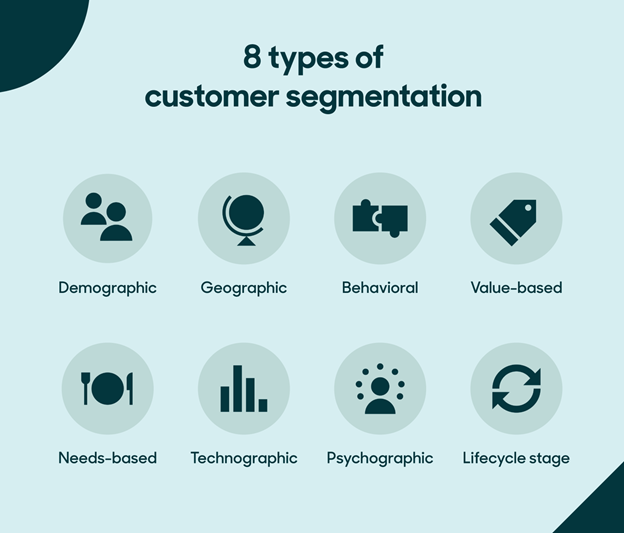In a world where customer expectations are higher than ever, businesses must understand the difference between customer experience (CX) and user experience (UX) to remain competitive.
Many think CX and UX are the same thing. However, in short, CX is based on a customer’s impression of your brand from all interactions, while UX is the judgment they have of your products or services.
In this article, we’ll dive further into the definitions of both customer experience and user experience and three key differences that businesses must understand in 2024.
Understanding Customer Experience
Customer experience is based on the overall impression your brand has left on a person who has interacted with it in any way.
Interactions can include customers speaking to customer service representatives about issues, your marketing team replying to customer comments on social media posts, and the quality or price of the products or services they’ve bought.
For example, your customer didn’t receive their order on time, so they contacted your customer service team for a refund. Following the interaction, the customer will remember your employee’s friendliness and whether their issue was resolved seamlessly. If they are satisfied, they are more likely to recommend your brand or order again.
There are several ways to improve the customer experience, including leveraging technology, personalizing marketing efforts, building an omnichannel experience, and remodeling your customer service team.
Understanding User Experience
User experience is based on an end user’s judgment of your website, app, product, or service based on its usability, accessibility, and visual appeal.
For example, if a customer is trying to use your services online, they expect the web page to load fast, be easy to use, and look good. If satisfied with your offerings, they will likely recommend your brand or use your services again.
UX design plays a critical role in the success of your business. Improving your UX design can ensure whether a user will continue to use your website, app, products, or services.
Key Differences Between CX and UX
User experience is a small part of the broader customer experience, as product or service quality plays into a customer’s overall impression of a brand. UX professionals focus on improving products or services to help create positive customer experiences.
However, there are three key differences between CX and UX that businesses need to know about in 2024:
Metrics
Customer experience is measured by how satisfied your customers are with every interaction with your business, from your products or services to your customer service representatives. This means there are many metrics used to measure CX, including:
- Customer satisfaction score. Use a short pop-up form to ask customers how satisfied they are at a relevant part of the customer journey, such as on a purchase confirmation page.
- Net Promoter Score (NPS). Email a short feedback form to your customers after they have received your product or used your service, asking how likely they are to recommend it to others on a scale from 0 to 10.
- Repeat customer rate. A percentage is worked out by dividing the number of repeat customers over a period of time by the total number of customers in that same time and multiplying it by 100. For example, if you had 1000 customers complete a purchase in the past week and 300 of them were repeat customers, your rate is 35%
Meanwhile, UX is measured by how well your website, app, product, or service works for the user.
Usability testing sees real people perform specific tasks in realistic conditions to test the interface and function of a website, app, product, or service. It is a great way to find answers to common usability problems and gather metrics, such as:
- Page loading speed. Measure the time it takes for a web page to load by using browser developer tools or online performance testing tools. This is essential because bounce rate increases by 32% if your page takes 3 seconds or more to load.
- Time on task. You can calculate the average time users spend completing a specific task by adding all the completion times together and dividing it by the number of users. For example, if all users collectively completed the task in 5 minutes, and there were 11 users, the average time on task is 45 seconds.
- Adoption rate. A percentage is worked out by dividing the number of customers using your product or service by the total number of website visitors and multiplying it by 100. For example, if you had 1000 consumers visit your website in the past week and 600 of them ordered products, your rate is 60%
Target Audience
CX focuses on the customer’s overall experience with any aspect of your business, whether they are contacting your customer service team, buying a service, or returning a faulty product.
While, UX focuses solely on the person who is using your website, app, product, or service. They may or may not have interacted with your brand or made the purchase themselves.
Goals
Both customer experience and user experience professionals work toward making customers happy, so they continue purchasing your products or services, referring your brand to others, and leaving great online reviews. However, both teams have their own unique set of goals.
CX professionals aim to create a brand experience that attracts, engages, and satisfies customers throughout every stage of the buyer’s journey.
Meanwhile, UX professionals aim to develop products or services that are accessible, easy to use, and visually pleasing so customers have a seamless product experience without friction.
Time To Draw The Inference
This article has explored some key differences between CX and UX, which you must be aware of. However, each plays a critical role in the overall success of your business reputation and customer loyalty.
Failures in either can lead to a lousy customer experience overall. You might have the friendliest customer service representatives (great for CX), but if your web page takes ages to load (because you haven’t tested the UX), customers will become unsatisfied with your brand.
- Customer Experience (CX) vs User Experience (UX)—What’s the Difference - July 30, 2024
- How To Improve The User Experience Of Your Mobile App - May 21, 2024
![]() Give feedback about this article
Give feedback about this article
Were sorry to hear about that, give us a chance to improve.








